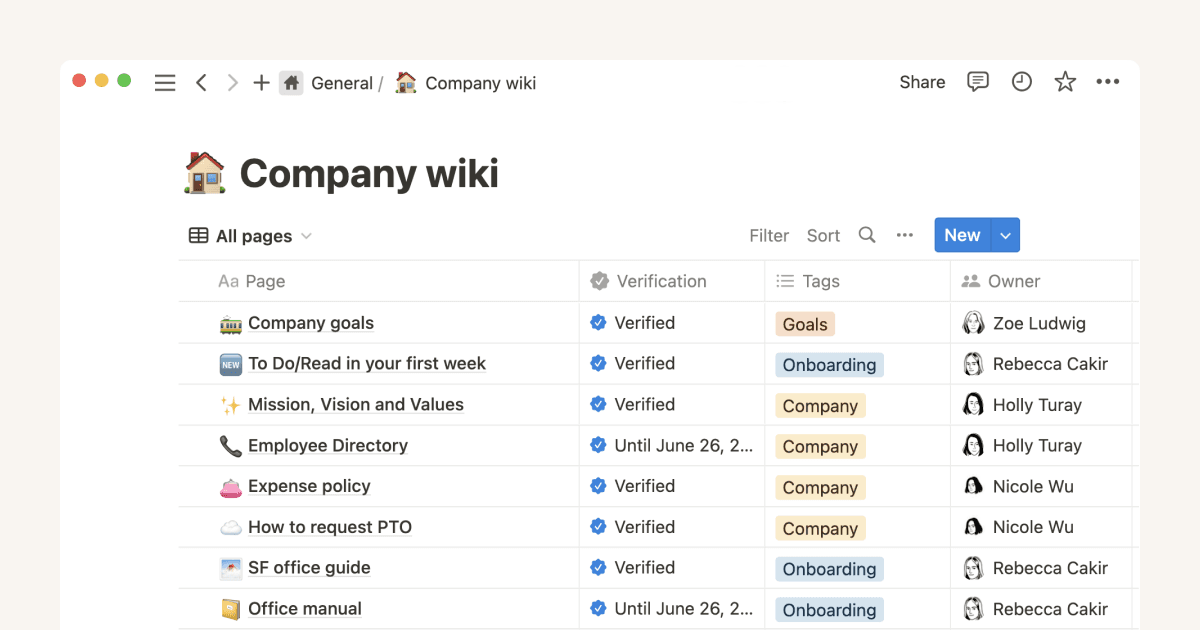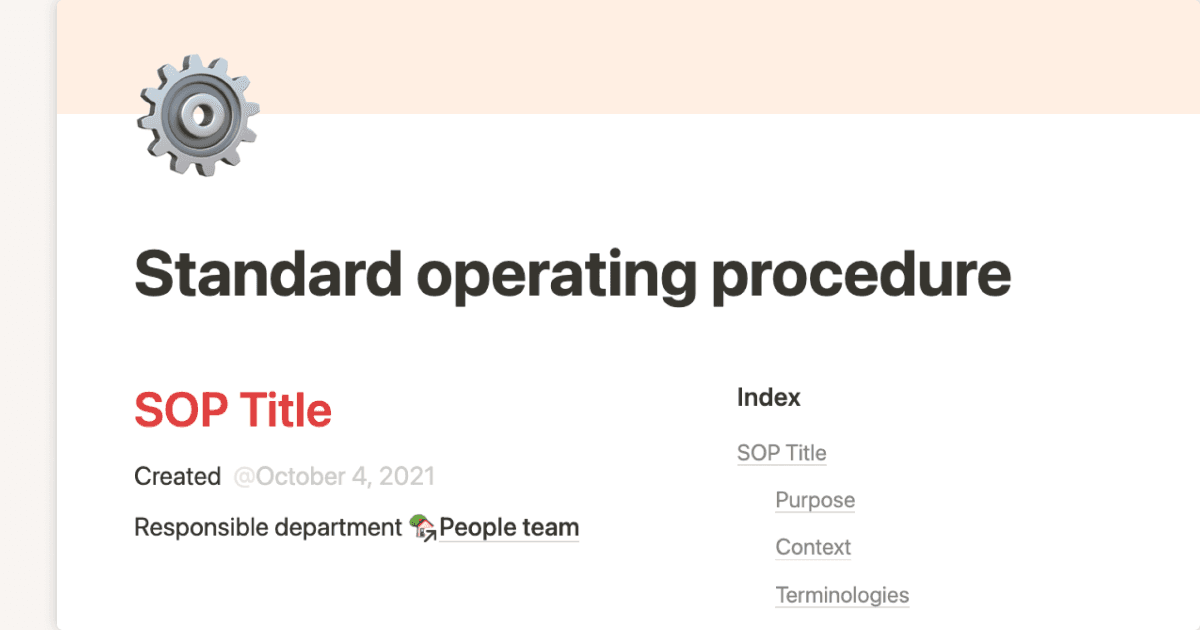Business Analyst SOPs

About this template
This template contains a list of Standard Operating Procedures (SOPs) for Business Analysts. It outlines ten core procedures, including conducting requirements gathering sessions, documenting business requirements, analyzing stakeholder needs, and developing use cases and user stories. Each SOP details the purpose, scope, and step-by-step instructions for various business analysis tasks.
The first SOP focuses on conducting requirements gathering sessions, which involves understanding project scope, identifying stakeholders, scheduling sessions, and preparing supporting materials. The execution phase includes facilitating the session, capturing requirements, and confirming understanding. Post-session activities include analyzing and validating requirements, circulating notes for feedback, and archiving supporting artifacts.
The second SOP is about documenting business requirements, emphasizing the importance of clear, concise, and actionable documentation. It covers gathering input, choosing a documentation format, defining the structure, writing the document, and incorporating visual aids. The review and finalization phase includes validating content, circulating for feedback, and obtaining formal approval. Post-documentation activities involve version control, storage, and communicating availability.
The third SOP details analyzing stakeholder needs, which is crucial for aligning solutions with business objectives and user requirements. It includes reviewing collected information, understanding stakeholder roles, identifying key objectives, segmenting needs, identifying gaps and pain points, and prioritizing needs. The validation and finalization phases involve drafting initial findings, facilitating validation sessions, and documenting stakeholder needs.
The final SOP, number ten, describes performing risk analysis and mitigation planning. It emphasizes identifying, evaluating, and prioritizing risks, as well as developing mitigation strategies. The steps include understanding project context, gathering risk inputs, defining risk categories, selecting analysis tools, identifying and assessing risks, prioritizing risks, developing mitigation strategies, and creating a risk register. This ensures that potential risks are proactively managed and their impact on project objectives is minimized.






![A template preview for Portfolio [Data Analyst]](/_next/image?url=https%3A%2F%2Fs3.us-west-2.amazonaws.com%2Fpublic.notion-static.com%2Ftemplate%2Fe72297a4-feac-4698-b145-c9bb37246bbc%2F1717764824351%2Fdesktop.jpg&w=3840&q=75)





